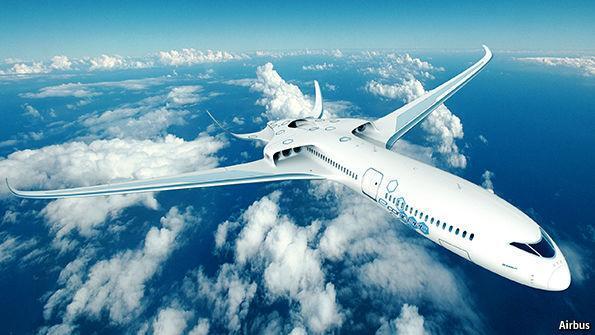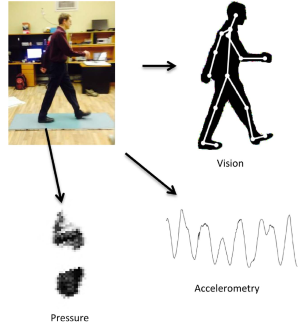The AI-Powered Airport Security of the Future
Article By : Nitin Dahad, EE Times

The University of Manchester decides that tracking people's footsteps is the way forward
LONDON — The University of Manchester’s school of electrical and electronic engineering, in collaboration with the University of Madrid, has developed a behavioral biometric verification system that can measure a human’s individual gait or walking pattern, enabling successful identification of a person simply as they walk on a pressure pad in the floor and analyzing the footstep’s 3D and time-based data.
With this system, the researchers claim that the way a person walks and analysis of that individual’s footsteps could be used as a biometric at airport security instead of fingerprinting and eye-scanning, providing a non-intrusive method of identity verification.
The results, published in a machine-learning research journal, the IEEE Transactions on Pattern Analysis and Machine Intelligence (TPAMI), earlier this year showed that, on average, the AI system developed correctly identified an individual almost 100% of the time, with just a 0.7% error rate.
Physical biometrics, such as fingerprints, facial recognition, and retinal scans, are currently more commonly used for security purposes. However, behavioral biometrics such as gait recognition can also capture unique signatures delivered by a person’s natural behavioral and movement patterns. The team tested their data by using a large number of so-called “impostors” and a small number of users in three real-world security scenarios: airport security checkpoints, the workplace, and the home environment.
Dr. Omar Costilla-Reyes, from Manchester’s school of electrical and electronic engineering and who led the research, explains, “Each human has approximately 24 different factors and movements when walking, resulting in every individual person having a unique, singular walking pattern. Therefore, monitoring these movements can be used like a fingerprint or retinal scan to recognize and clearly identify or verify an individual.”
To create the AI system that computers need to learn such movement patterns, the team collected the largest footstep database in history (to date), containing nearly 20,000 footstep signals from 127 individuals. To compile the samples and dataset, the team used floor-only sensors and high-resolution cameras.
It was this dataset, which is called SfootBD, that Dr. Costilla-Reyes used to develop the advanced computational models needed for automatic footprint biometric verification presented in TPAMI.

Credit: University of Manchester.
Dr. Costilla-Reyes added, “Focusing on non-intrusive gait recognition by monitoring the force exerted on the floor during a footstep is very challenging. That’s because distinguishing between the subtle variations from person to person is extremely difficult to define manually. That is why we had to come up with a novel AI system to solve this challenge from a new perspective.”
One the key benefits of using footprint recognition is, unlike being filmed or scanned at an airport, the process is non-intrusive for the individual and resilient to noise-environmental conditions. The person doesn’t even need to remove their footwear when walking on the pressure pads as it isn’t based on the footprint shape itself but on their gait.
Other applications for the technology include smart steps that could recognize neuro-degeneration, which could have positive implications in the health care sector. This is another area where Dr. Costilla-Reyes intends to advance his research with footstep recognition.
He added: “The research is also being developed to address the health care problem of markers for cognitive decline and onset of mental illness by using raw footstep data from a wide-area floor sensor deployable in smart dwellings. Human movement can be a novel biomarker of cognitive decline, which can be explored like never before with novel AI systems.”
— Nitin Dahad is a European correspondent for EE Times.
Subscribe to Newsletter
Test Qr code text s ss


